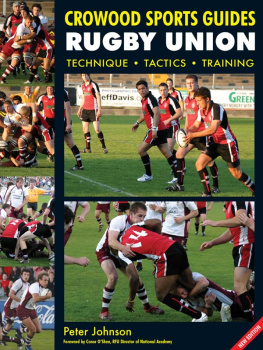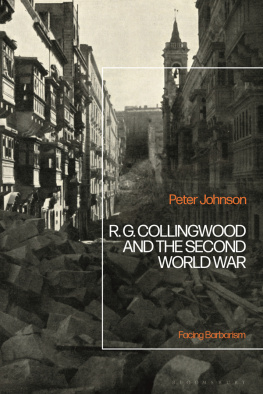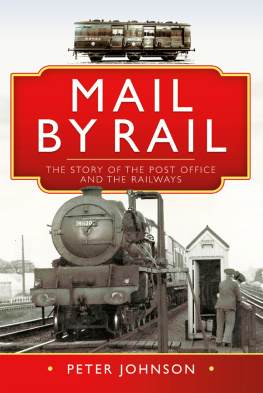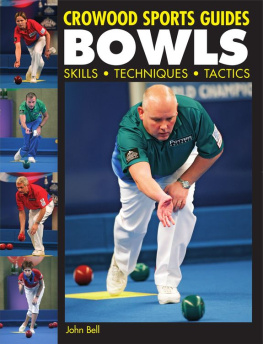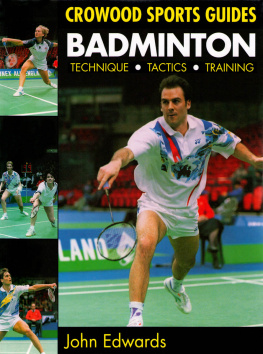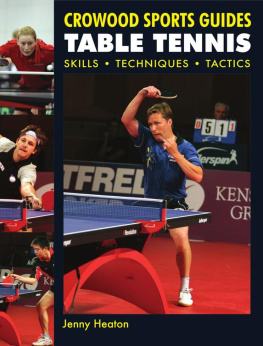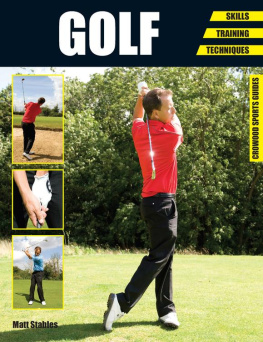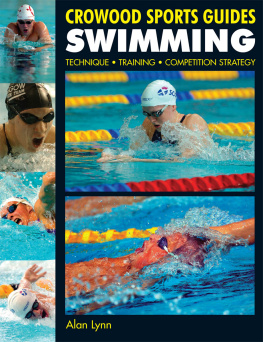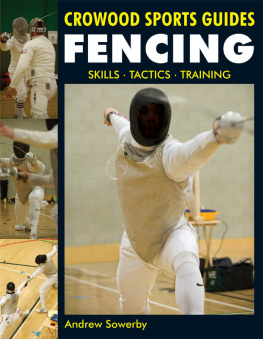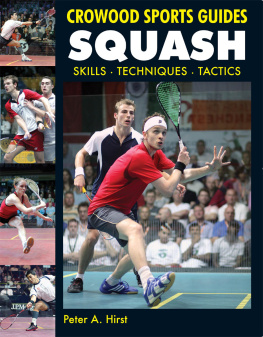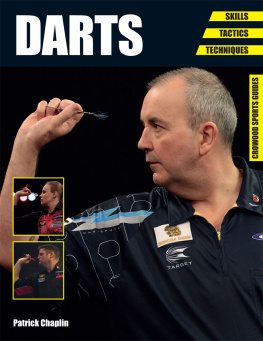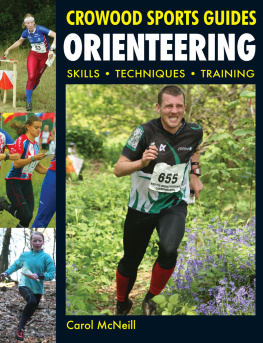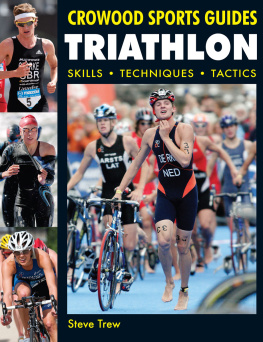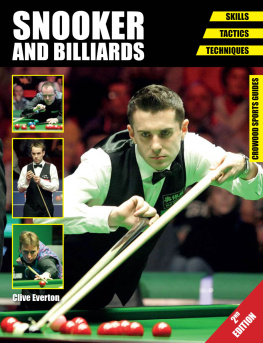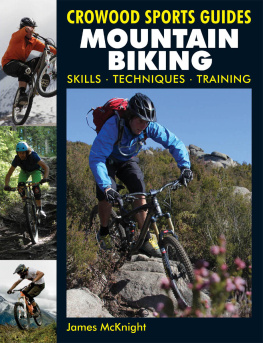CROWOOD SPORTS GUIDES
RUGBY UNION
TECHNIQUE TACTICS TRAINING
Peter Johnson

The Crowood Press
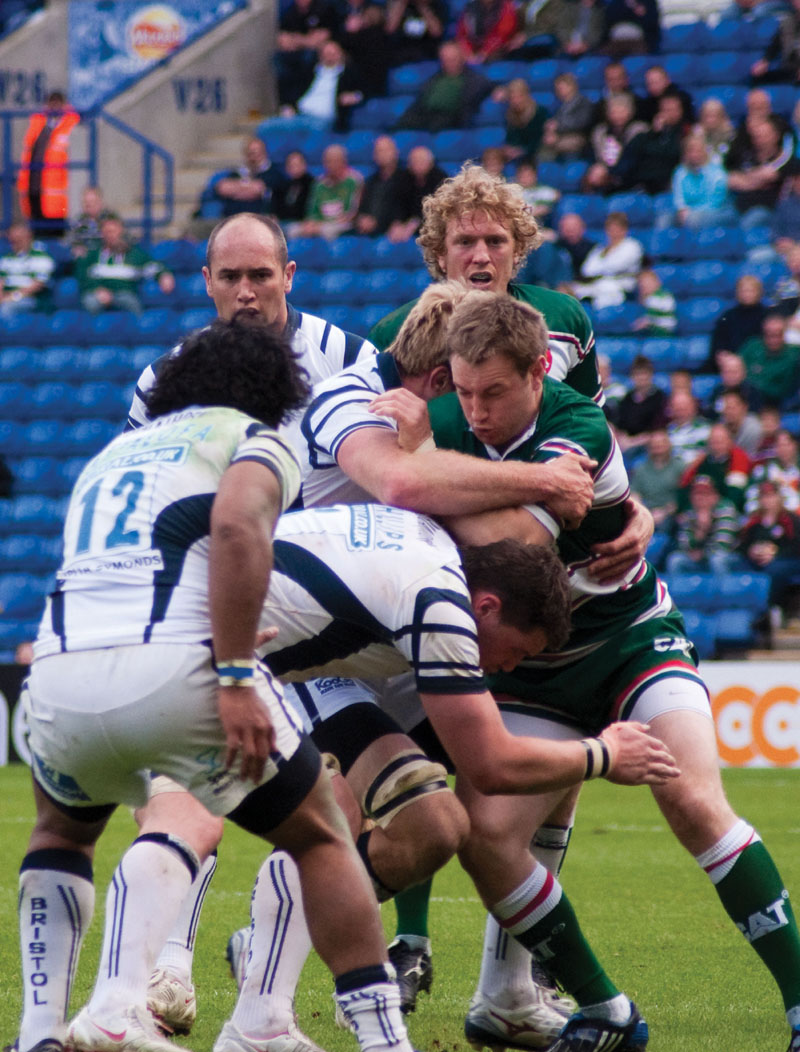
First published in 1997 by
The Crowood Press Ltd
Ramsbury, Marlborough
Wiltshire SN8 2HR
www.crowood.com
This e-book first published in 2014
Revised edition 2009
The Crowood Press Ltd 1997 and 2009
All rights reserved. No part of this publication may be reproduced or transmitted in any form or by any means, electronic or mechanical, including photocopy, recording, or any information storage and retrieval system, without permission in writing from the publishers.
British Library Cataloguing-in-Publication Data
A catalogue record for this book is available from the British Library.
ISBN 978 1 84797 859 2
Photographic Credits
The author and the publishers would like to thank the following clubs and individuals for kindly providing photographs that have been included in this book: Martin Bennett, Bristol Rugby, Filton College, Gloucester Rugby Club, Leeds Carnegie Academy, Northampton Saints, Saracens Academy, the South-West England Regional Academy, University of Bristol Photographic Society, the Womens Rugby Football Union and Worcester Warriors Academy.
Thanks are also due to Jane Haslam for taking the photographs which appear on the following pages: 2, 67, 1415, 3435, 57, 81, 9697 and 116117, all of which are Sundial Photographic.
Line drawings by Andrew Green
CONTENTS
FOREWORD
This book is designed to appeal to all players, coaches and spectators of the game of Rugby Union, no matter at what level they play or coach or watch.
It highlights the major aspects of the game and breaks each component down into its technical factors. This will help players take greater responsibility for their own skill development. The benefit to coaches will be plenty of reference material to plan and construct their coaching sessions. It is also designed for the casual or knowledgeable spectator to give a greater understanding of the game and its core, unit and team skills, as well as the principles of play.
Peters background means he has a huge bank of knowledge and understanding of the game. He was a school teacher for many years, and became involved in professional rugby when the game went open. He has been a Director of Rugby at professional club level, and a Manager of an England Regional Academy. Peter is currently internal verifier to the RFU Apprenticeship scheme.
I believe this book is a valuable addition to our literature on Rugby Union, and I have no hesitation in recommending it to anyone interested in improving as a player or coach, or to anyone who wishes to understand the game in greater depth.
Conor OShea
RFU Director National Academy
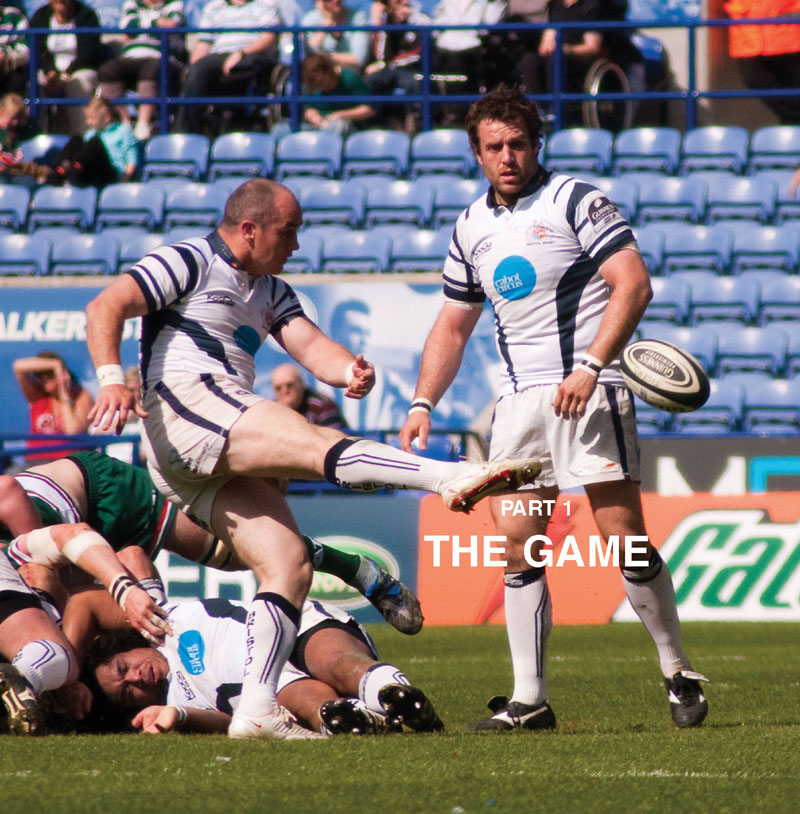
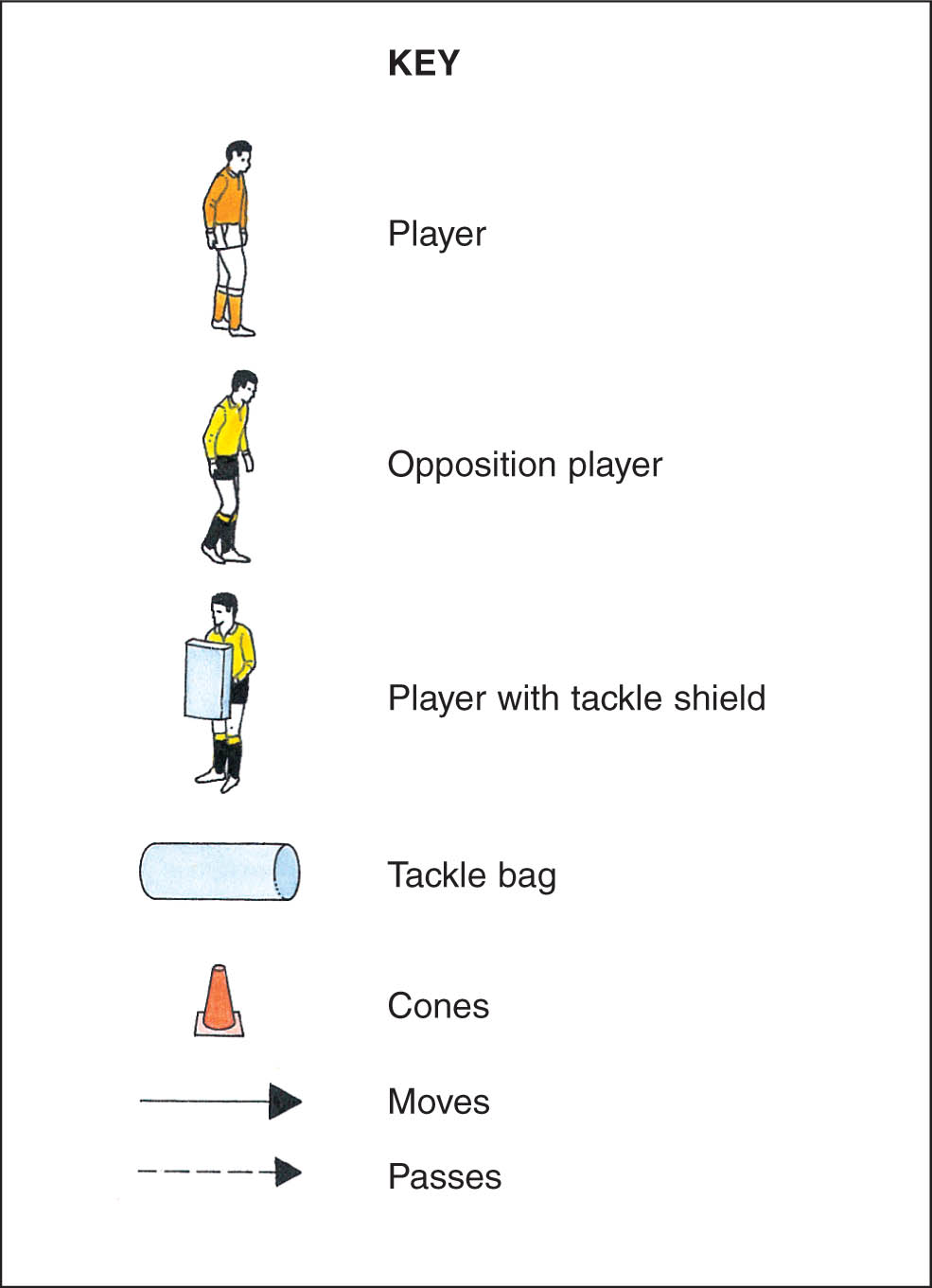
CHAPTER 1
THE GAME OF RUGBY
The main purpose in playing rugby is to have fun. The enjoyment factor should be the main emphasis of coaches and parents, no matter what the level of rugby.
Rugby Union is a competitive, contact game, but players and coaches should never forget it is also a game which involves co-operation. Fifteen players work together to achieve victory by scoring more points than the opposition, and they also collaborate with the opposition. Two teams meet at set times to test out their skills and organization against each other within the laws of the game. Since there are so many complex situations with thirty players on the field, there is, and must be, refereeing by consensus. The players have to be self-disciplined.
The Laws and Playing of Rugby
First developed in the nineteenth century when a schoolboy at Rugby School picked up the ball and ran with it during a football game, the modern game of rugby is governed by laws that can appear complicated for the casual observer. At its simplest, however, the game is about running, handling, tackling and kicking with an oval-shaped ball, and using these skills to score points.
The game is played by fifteen players on each side, comprising eight forwards and seven threequarters, or backs. The primary role of the forwards is to provide the ball for the backs to use. Replacement players are permitted, to replace injured men, and tactical substitutions can also be made. The number that can be replaced on each side varies according to age group and competition level. In National League Rugby in England, for example, four replacements are allowed, while up to seven replacements can be used in under-21 rugby.
For ease of identification for spectators and team-mates, each team wears different coloured shirts. In the event of teams having similar or clashing colours, the home team must change its colours.
Points are scored in a variety of ways. A try when the ball is grounded in the oppositions in-goal area by a player from the attacking team scores five points. Two more points can then be scored by the attacking team going on to kick a goal, spot-kicking the ball over the bar and between the upright posts. The kick can be a place or drop-kick and is taken in-field and opposite where the ball was put down in the in-goal area. The converted penalty kick has become increasingly important in the game as defences are better organized and more difficult to break down.
A further kicking option is the drop-goal, which is worth three points. In some circumstances, this can be an easier option than running with the ball to score a try.
As well as the thirty players, there are three match officials in each game. The referee keeps the score and time and applies the laws, and two touch judges decide when and where the ball goes out of play. In higher levels of rugby the touch judges also help the referee spot infringements and decide on off-side lines, indicating these cases by holding up a flag. The referee blows a whistle to start and finish the match and for infringements of the laws. He is the sole judge of fact and has the power to send off players for repeated technical infringements or for dangerous and violent play. He can also penalize dissent from players by giving the opposition an extra 10 metres.
KIT CHECK
The goal posts and any barriers close to the field should be padded. Creosote mixtures to mark out the field and organic fertilizers should be avoided.
The field of play is shown in After the choice of ends, based on the toss of the coin, play starts with a kick-off from the halfway line in which the ball must travel at least 10 metres. If it does not travel this far, but the receiving side decides to play it, then play continues. If the kicking side plays it first then the opposition have the option for the kick to be taken again, or a scrum on the middle spot.
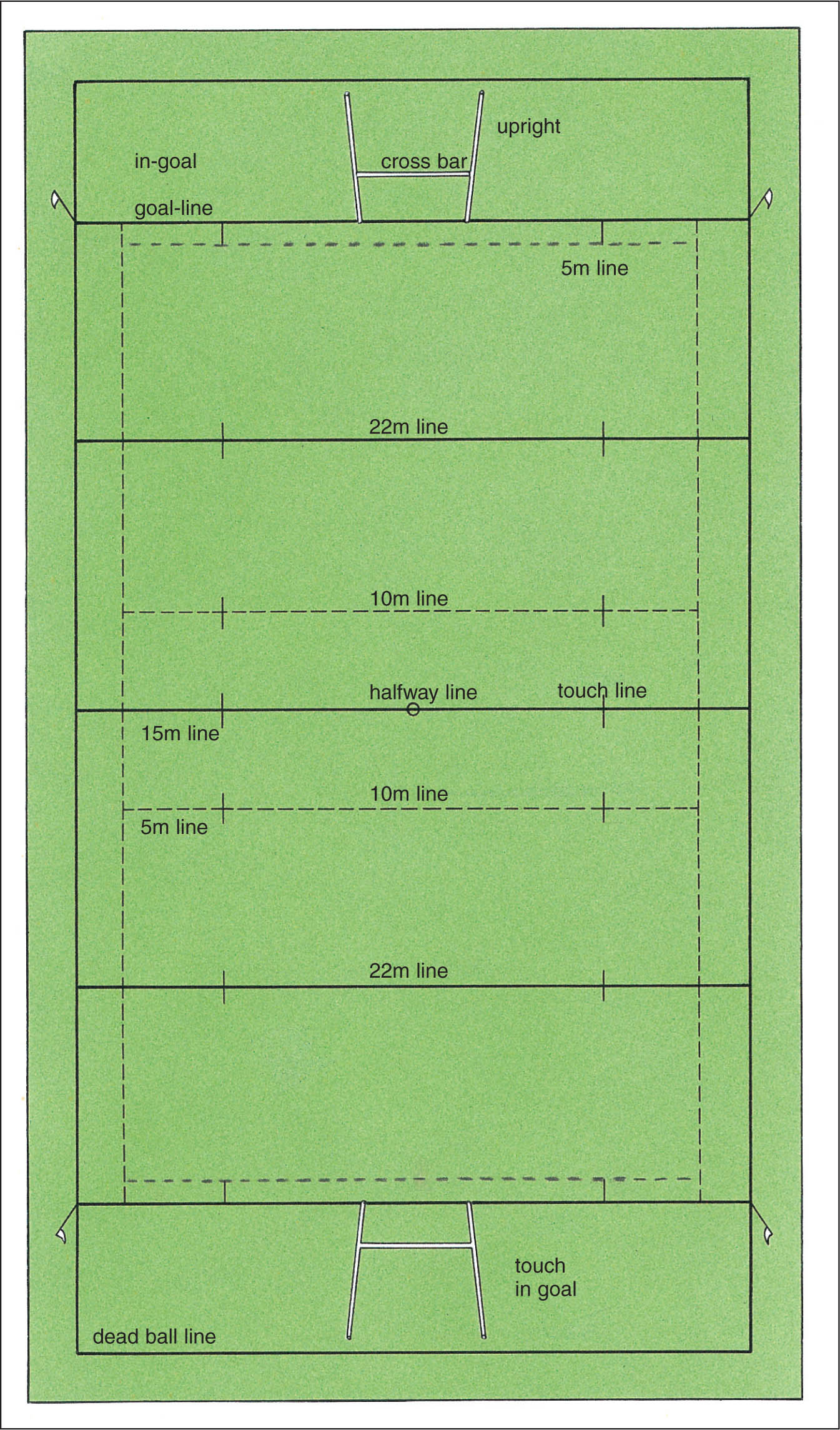
Fig 1 The playing area.
Eight forwards from each side participate in the scrum. They bind on to players of their own team and pack down against the opposition, meeting at the front row of three from each team. The middle player in the front row is the hooker and he has a prop forward on either side of him. They engage through the shoulders, and the head of a player in the front row must not be next to a player of the same team. The second row generally consists of two lock forwards , who prevent the scrum being pushed back by locking out, and two flankers, who defend opposition attacks close to the scrum or support their own team attacks. At the base of the scrum is the No.8, who also has an offensive/defensive role.

